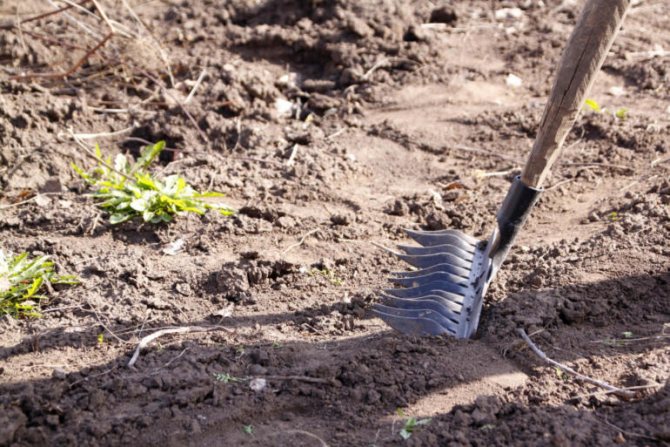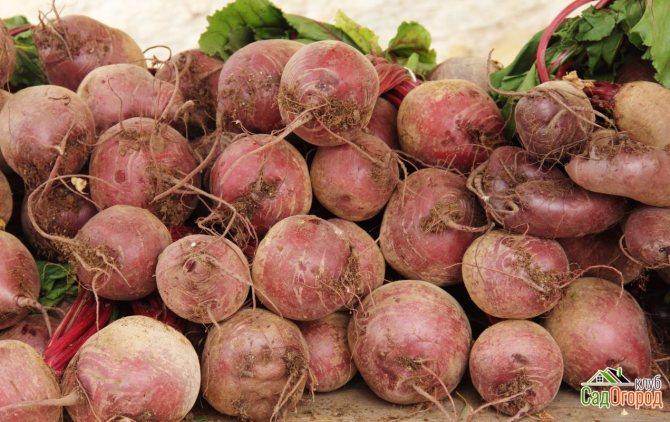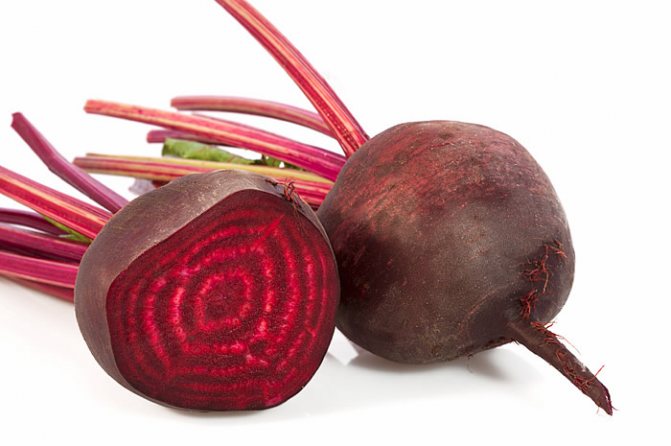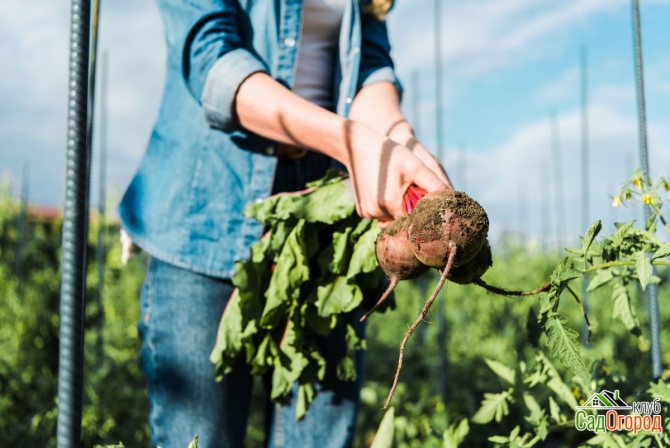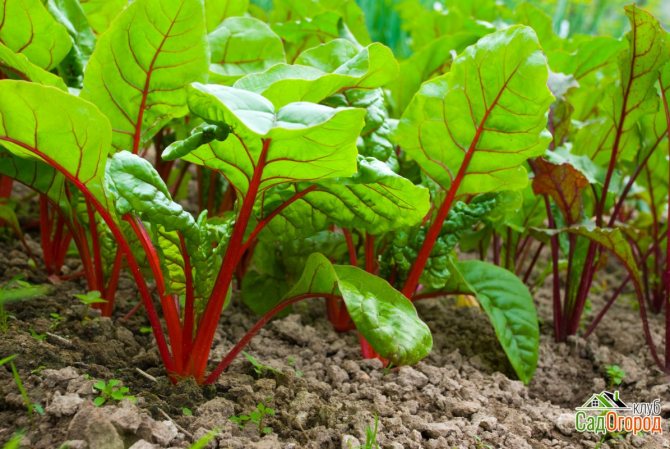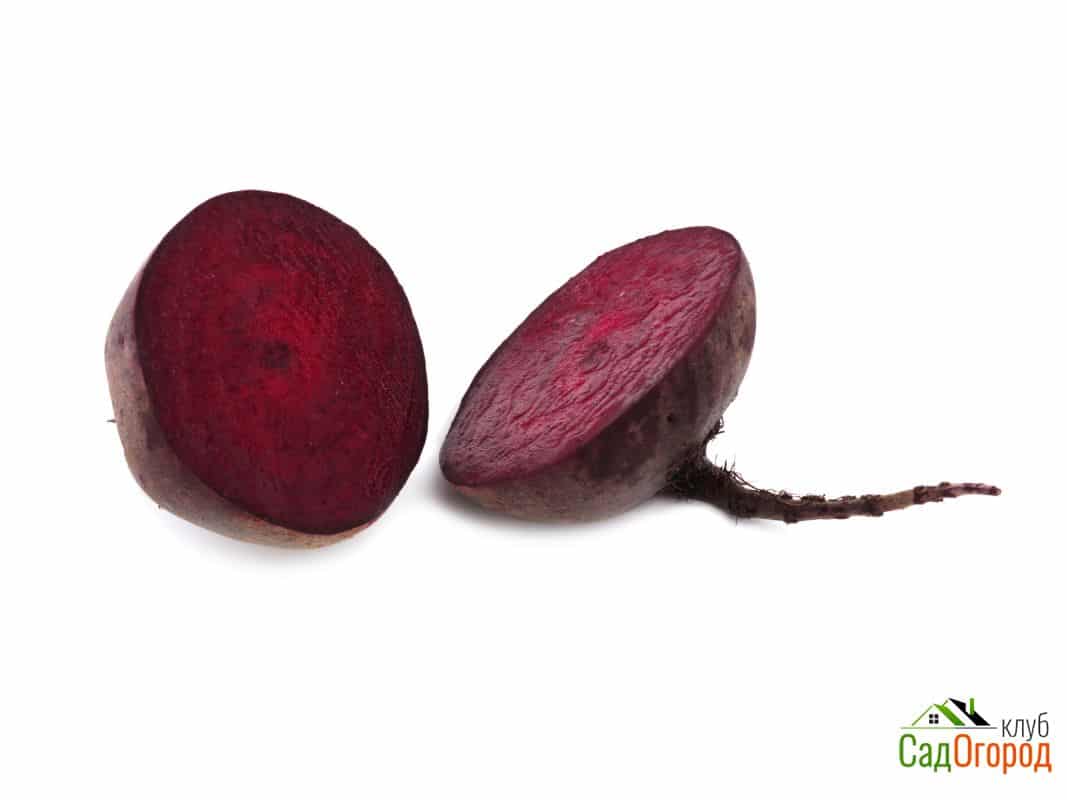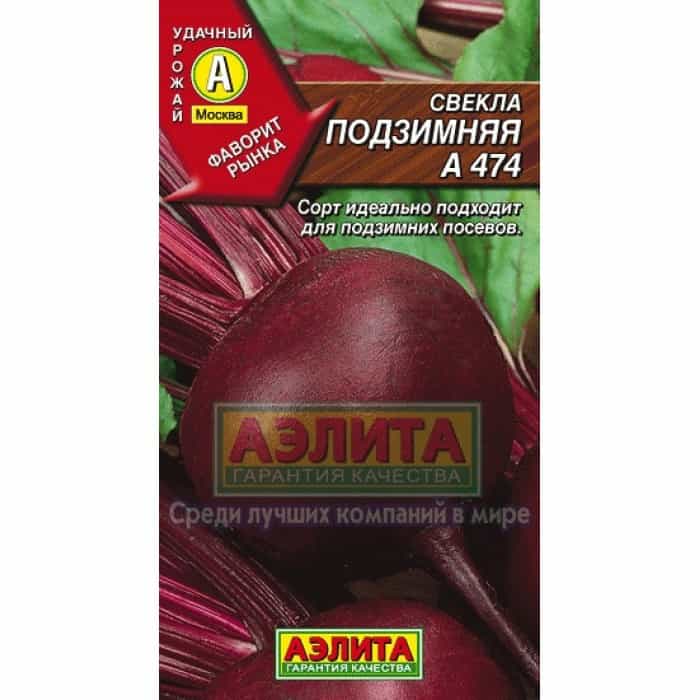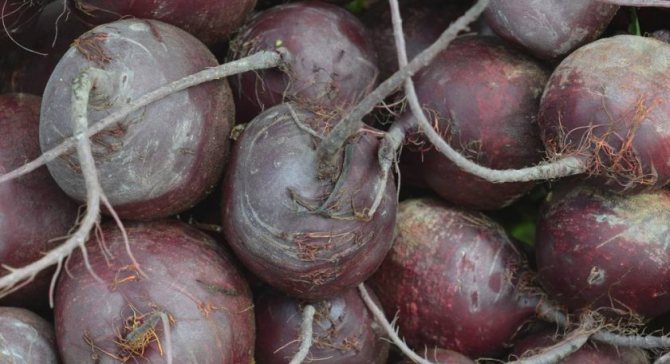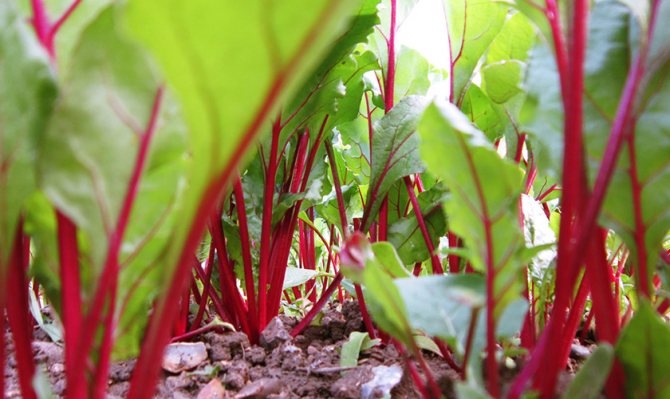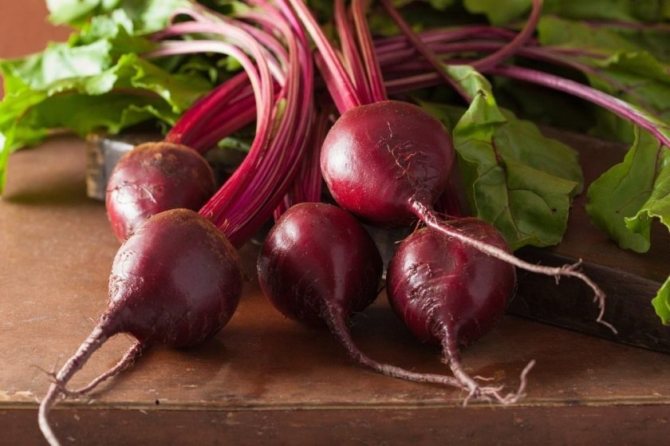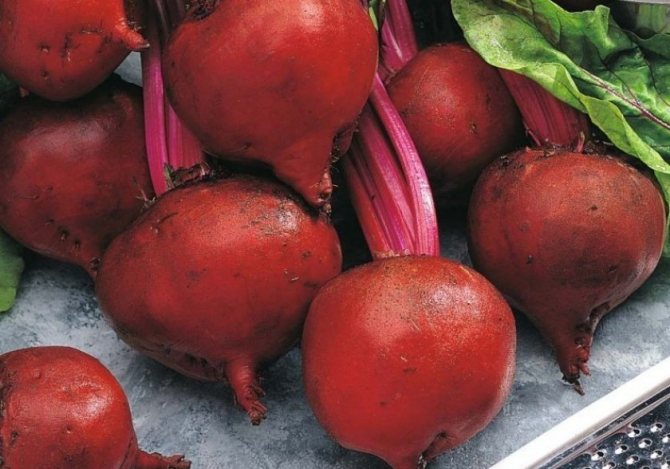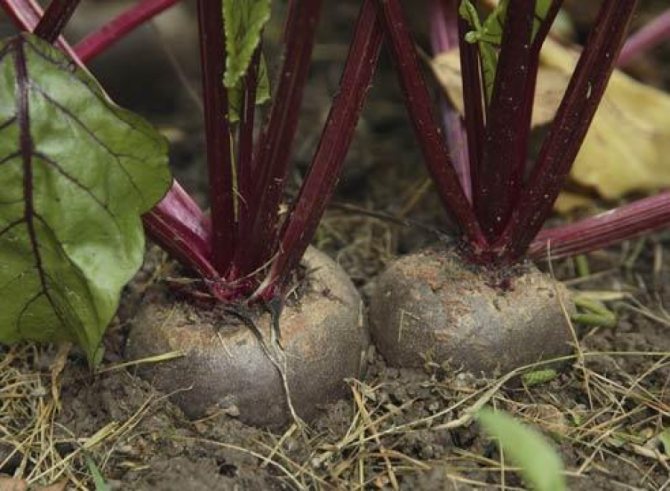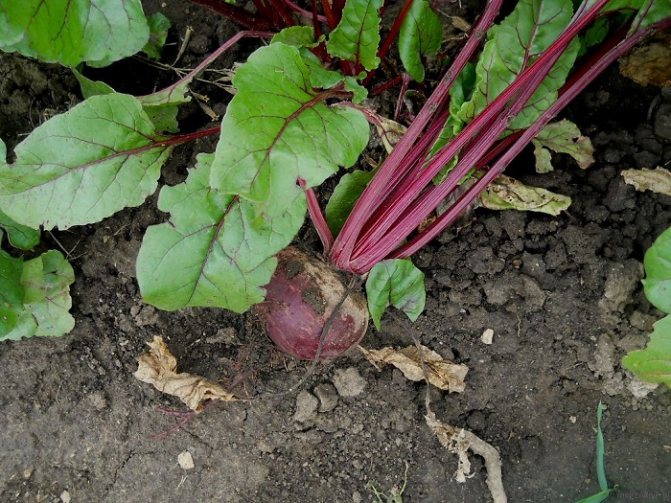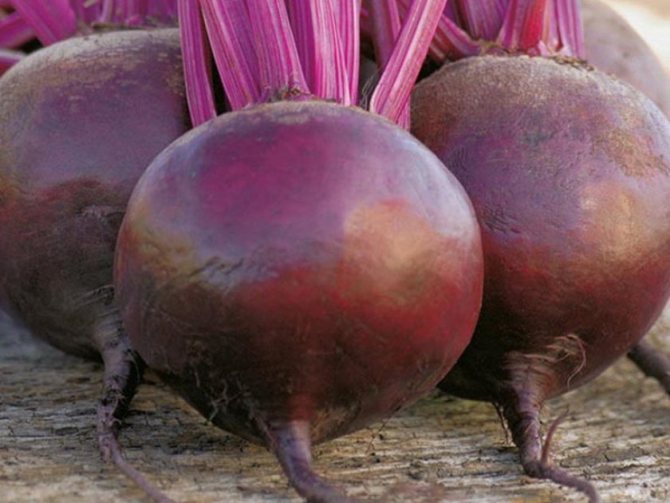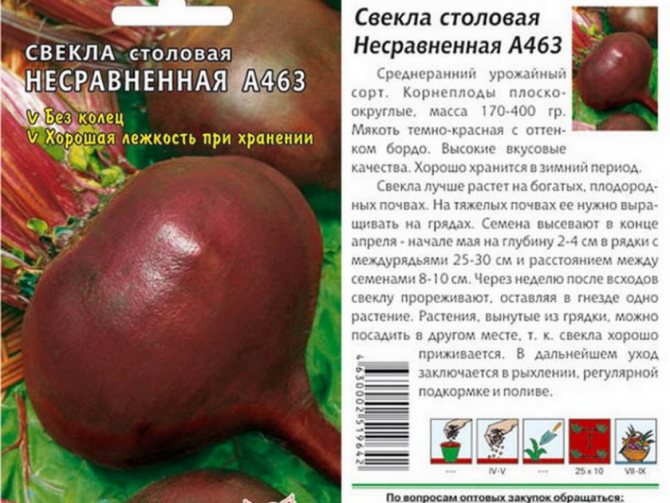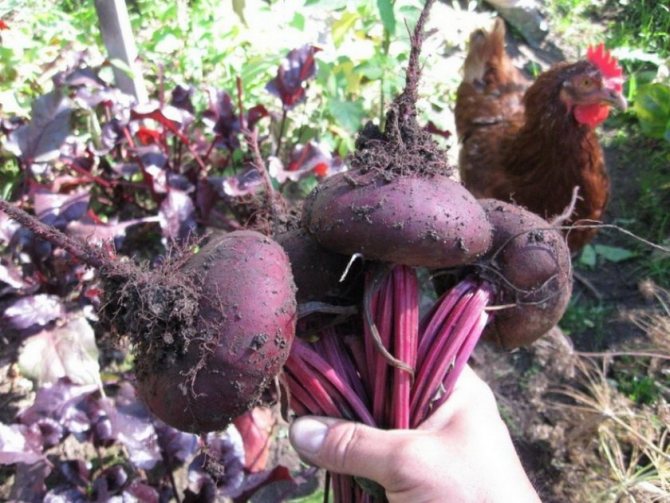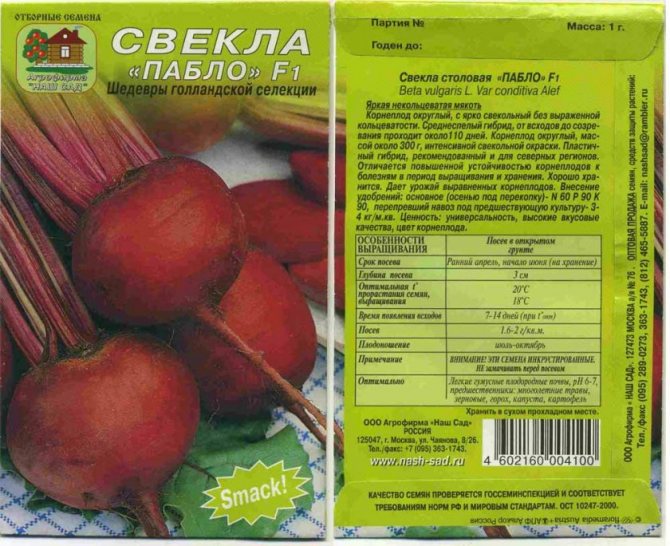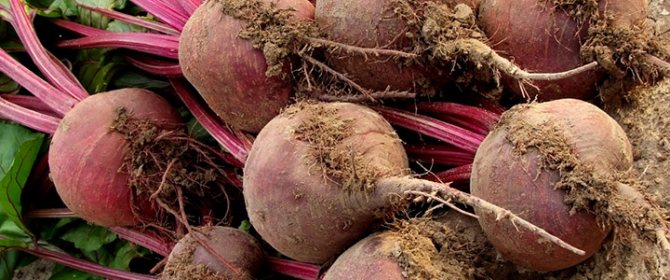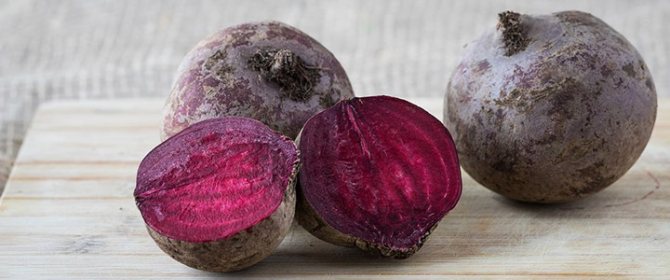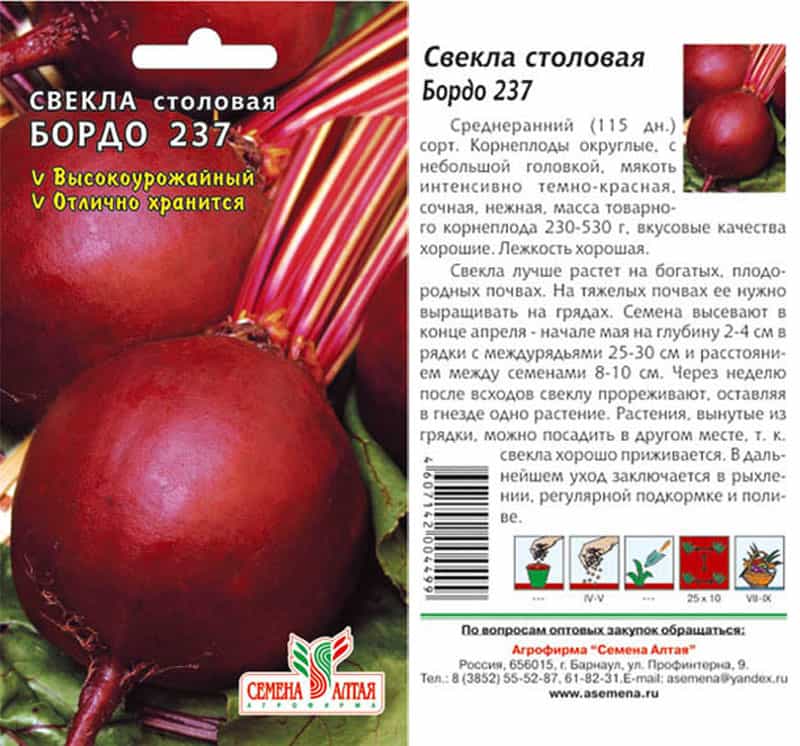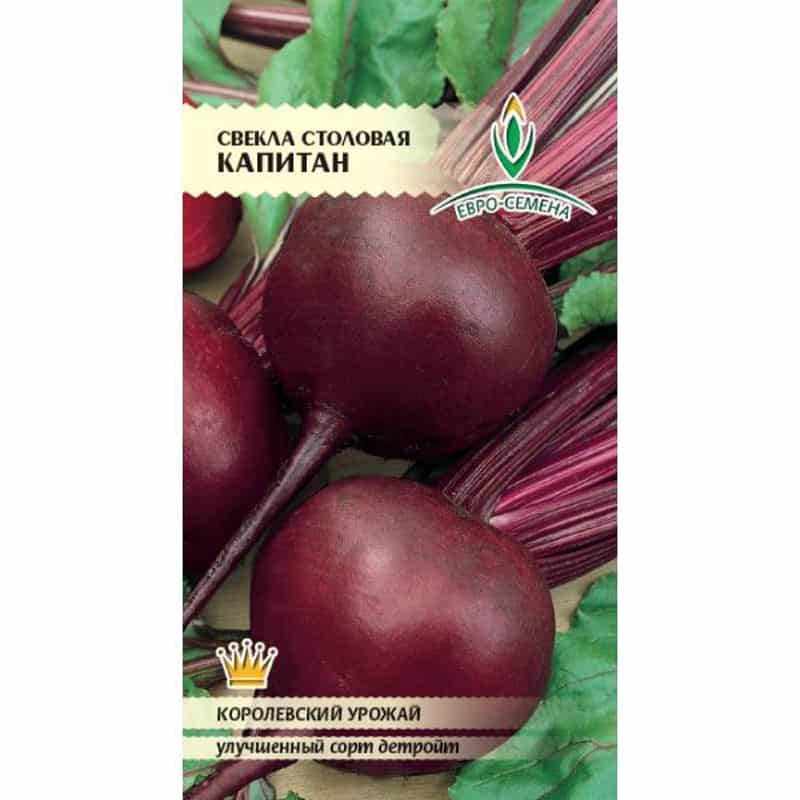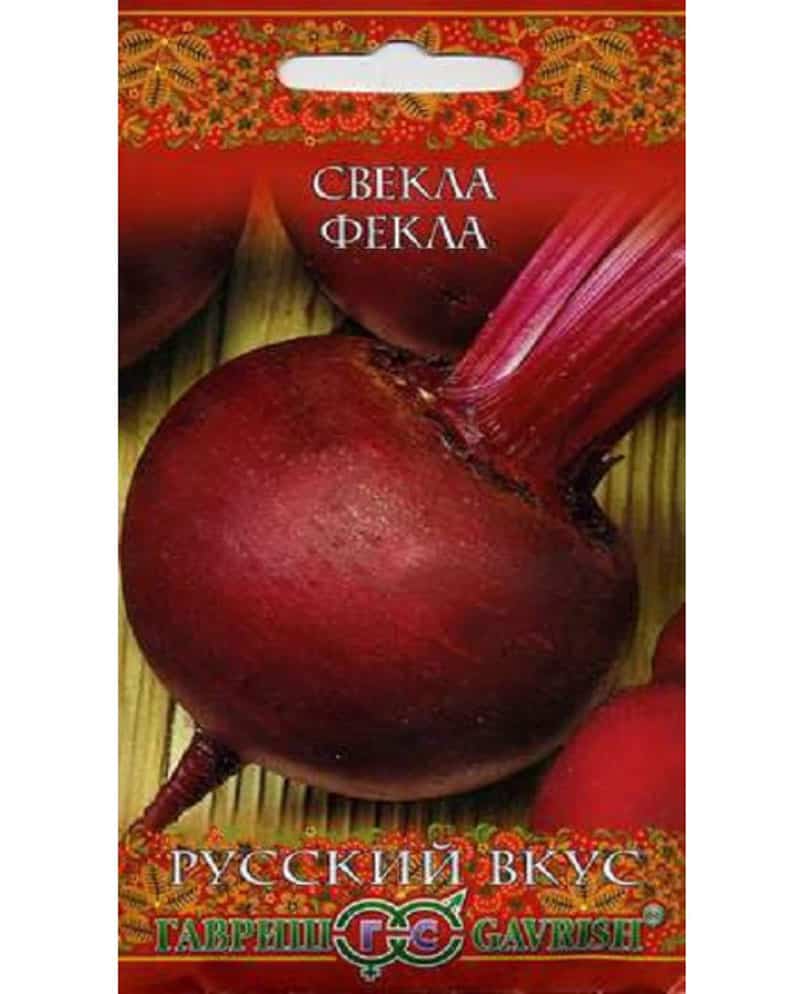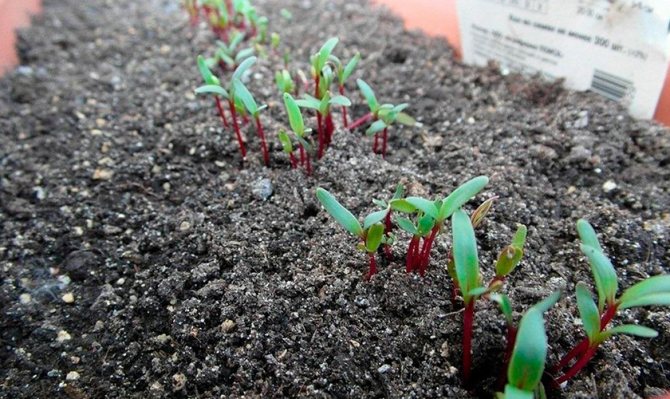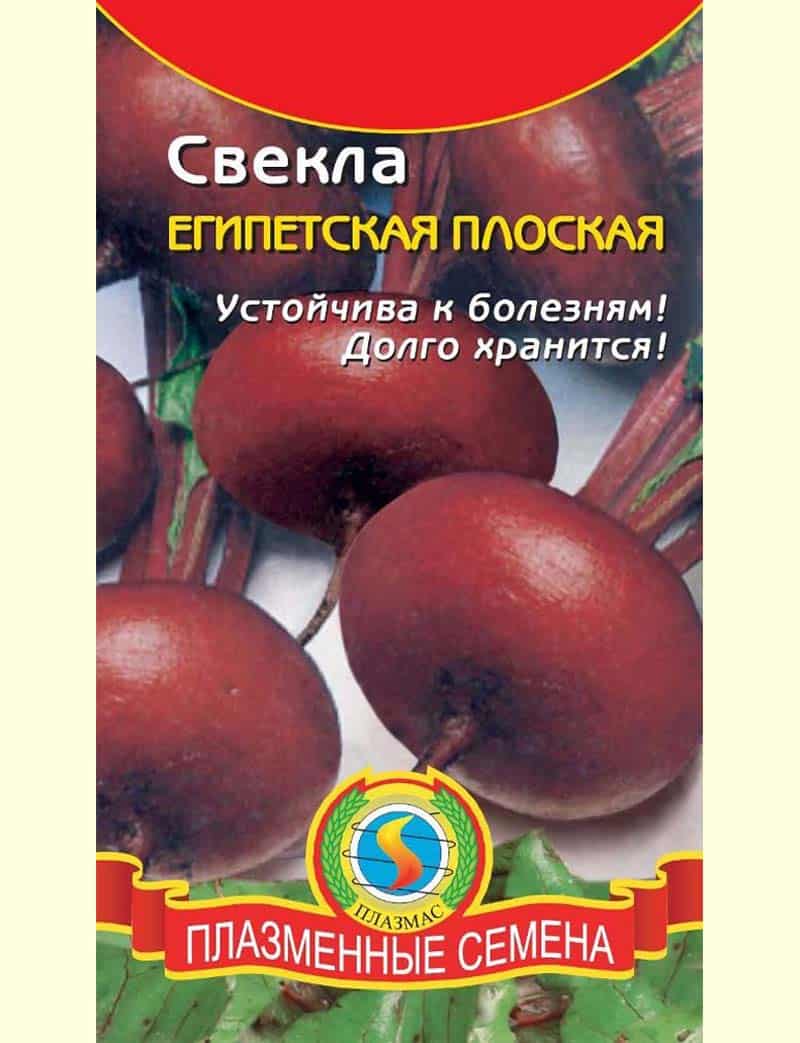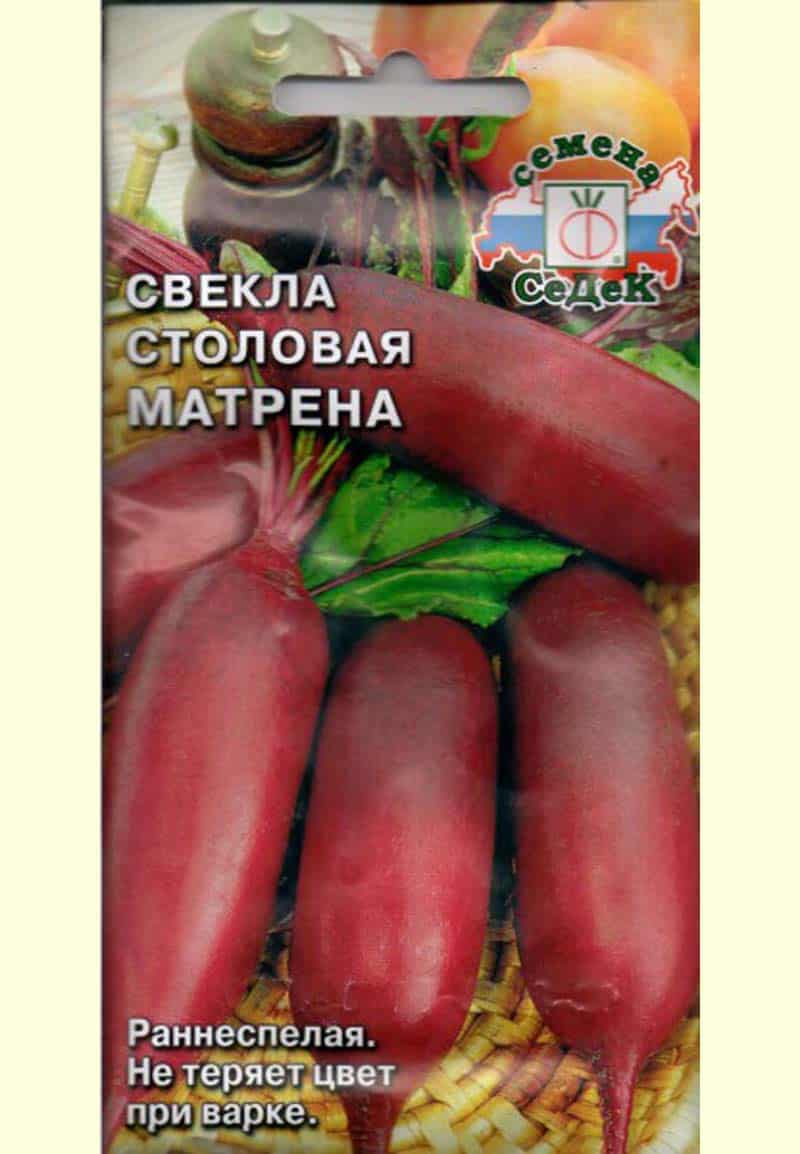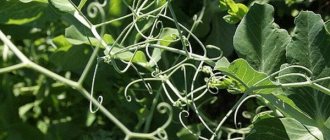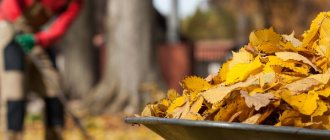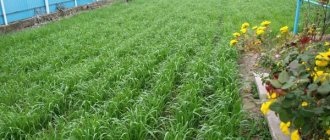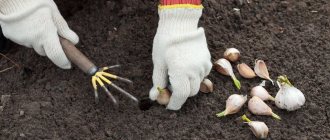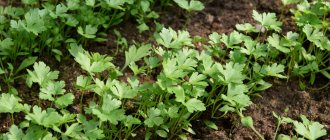Plants and varieties for winter crops
The main result of winter crops is early harvests. Plants are stronger and more powerful than from spring crops. Many gardeners have seen how juicy and vigorous dill grows from seeds that fell last year's fall.
We all know how much viable self-seeding appears even in sissy plants. My favorite physalis strawberry annually gives self-seeding in the Moscow region in the open ground of the garden and in an unheated greenhouse. His seedlings manage to survive in the most unfavorable conditions, and when growing seedlings at home, I have to tremble over each sprout.
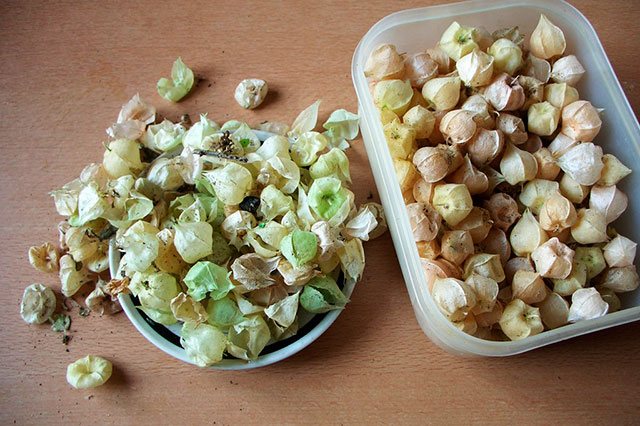
In the fall, it is not possible to collect all the fruits of strawberry physalis that have fallen to the ground
Sorrel is an ideal plant for winter crops. It produces earlier and more juicy greens than grown from seeds sown in spring. Almost all varieties are suitable for winter sowing.
Arugula is also worth remembering. Under this name, two closely related genera are combined: indau sowing and arugula wild (two-rowed thin-leaved). In the conditions of the Non-Black Earth Region, the winter-hardy two-rowed weed actively weed, which indicates its viability. For winter sowing, I take different varieties, I often mix them for a guaranteed result. These are Carmen, Solitaire, Rocket, Taganskaya Semko, Euphoria, Poker, Rococo and Emerald. Arugula seeds can be found commercially under a variety of names. This year I bought Wild Mustard, White Mustard, Gusechnika and Rocket Salad.
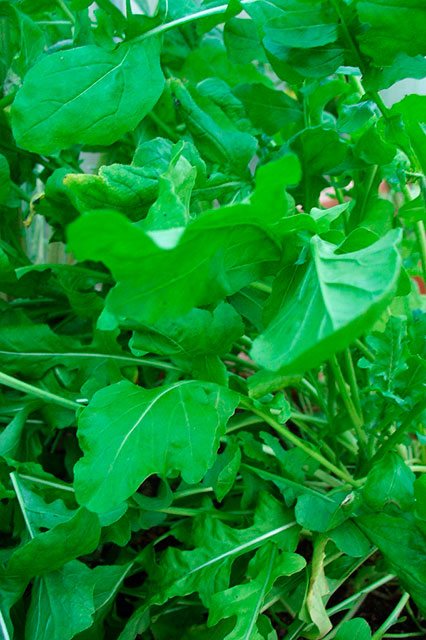

Succulent rucola leaves
Asparagus (asparagus) is gradually becoming a tasty and nutritious vegetable crop in our country. Previously, asparagus was grown only in flower gardens, not in vegetable gardens. Even today, many people are discouraged by the replicated description of the process of growing asparagus from seeds. Few people know that red and blackened berries with seeds, which fell to the ground in autumn, germinate in spring no worse than a weed. On my site, huge asparagus bushes are former self-seeding, which was allowed to grow, and not be in a humus heap.


The result of "winter sowing" of asparagus (asparagus) seeds
It is worth mentioning also about beautiful fruit plants. The hedge of Japanese quince (chaenomeles) decorating the plot is the grown seedlings that bloom profusely in the spring and are covered with fruits in the fall. They all grew from seeds sown for the winter, which I extracted from ripe "lemon".
And how grapes are suitable for winter crops! Of course, the seed method of reproduction is not the best option for breeding it, it is more suitable for breeding work. But the very fact of the amicable germination of grape seeds that accidentally fell to the ground in the fall testifies to the possibilities of winter sowing.
The ideal garden crops for winter crops are traditionally considered to be radishes (resistant to flowering variety "Resistant", the popular "Rose-red with a white tip", etc.), dill ("Gribovsky" and many other varieties), salad mustard, parsley ("Ordinary leaf "," Sugar root "," Bordovician "," Astra "), parsnips (" Student "," The best of all "," Round "; I advise you not to spare the seeds), radish, turnip, carrots (" Nantes 4 ", "Supernant", "Losinoostrovskaya", "Early TSKHA" and many others), black onions ("Raider", "Shakespeare", "Senshui Yellow", harvest in the middle of summer), salad ("Moscow greenhouse", "Berlin yellow "," Large cabbage ", etc.), spinach (" Broadleaf "," Victoria "), Jerusalem artichoke (seeds and tubers).
Cloves of garlic and onion sets (nets with sets are on store shelves not only in spring, but also in autumn) are best planted about two weeks before the soil freezes.Planting sites can be additionally mulched with peat mixed with sand and compost, but only at persistent sub-zero temperatures. If earlier, the bulbs can rot.
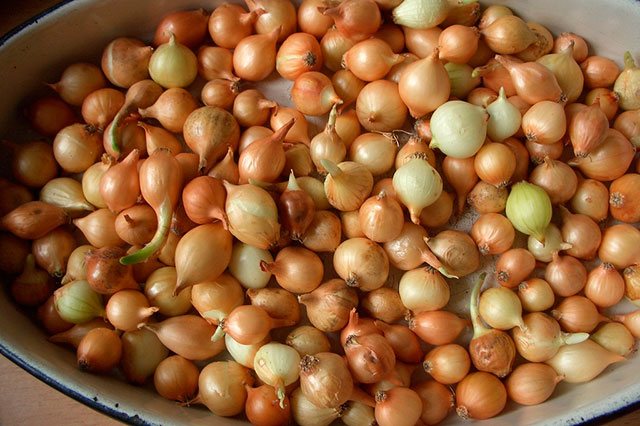

Onion sets for late autumn planting
Seeds of cucumber grass (borago), sown before winter, sprout perfectly. I saw a luxurious chard that grew from seeds sown for the winter. But beets are not always successful. One can only rely on its cold-resistant varieties ("Bordeaux 237", "Podzimnyaya A 474", "Podzimnyaya incomparable", "Podzimnyaya flat", "Cold-resistant 19"). Peas and sunflowers are naughty.
Winter crops are also suitable for some plants, the seeds of which need to be stratified.
When buying seeds for sowing in the winter, preference should be given to cold-resistant and resistant to shooting varieties, because A drop in air temperature often provokes early flowering and deterioration in the quality of greenery and root crops.
It is advisable to increase the seed sowing rate. Seeds, the similarity of which is questionable, must be mixed with fresh seeds. In extreme cases, they are sown in much larger quantities. Sowing is carried out only with dry seeds. Watering is contraindicated!
When is the best time to sow?
Of course, under winter sowing, not all seeds germinate, and not all seedlings survive. A better fate awaits those who are in no hurry to be born in the fall. Most of the "upstarts" freeze. That is why September crops sometimes fail. But that's what gardeners are for, to manage the process: sow seeds at a certain time, while observing a number of conditions.
One of the main problems of sub-winter sowing, I consider the unpredictability (even for meteorologists) of our weather. It is impossible to rush with late sowing, especially during a prolonged autumn with changeable weather. It is better to prepare for them in advance in the fall on warm and dry calm days (so as not to catch a cold), and put the seeds on the frozen soil.
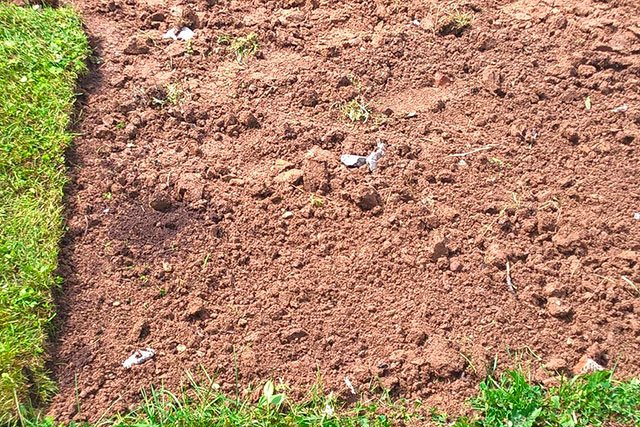

It is more pleasant to cook a garden in good autumn weather.
The approximate sowing time is from late October to late November. If the weather permits, then the beginning of December is also suitable. In more southern regions, winter crops are successful even during winter thaws.
Less commonly, winter crops are carried out from December to February. Seeds are sown in pre-made furrows in beds prepared in autumn in good weather. If the film is not stretched over the bed on the arcs (or there is no other shelter), then before sowing it is necessary to free the ground from snow. The seeds are sprinkled with soil, which is kept in a frost-free room. You will need to throw as much snow as possible on the garden bed.
Features of winter sowing
In winter, the seeds will not freeze, if you do not make a mistake with the culture, variety and observe certain conditions when planting. First of all, you need to prepare the garden in accordance with all the rules. Make grooves in it about 6 - 8 cm deep. By the time the seeds are sown, they will float, their depth will decrease. It is very convenient to cover the grooves with boards before sowing. I lift them slightly on the stones, then they do not freeze to the soil. After sowing, the boards must be removed.
The soil bucket for bedding is kept warm so that the earth does not freeze. You can put it outside, and then bring it into the room for thawing.
It is better to sprinkle on top of the groove with loose soil mixture, and not with heavy clay soil, which will give a hard crust by spring.
Cold-hardened seeds germinate quickly during spring warming. Over the beds, you can install arcs and stretch a non-woven fabric or film. This is necessary not only for insulation, moisture preservation, but also for protection against return cold and spring frosts.
An important advantage of winter crops is early harvesting (one to three weeks earlier), free space for re-crops and the ability to eat fresh vegetables and herbs from your garden ahead of time. Plus to this, the extra time that the gardener has.It can be devoted to other work and leisure.
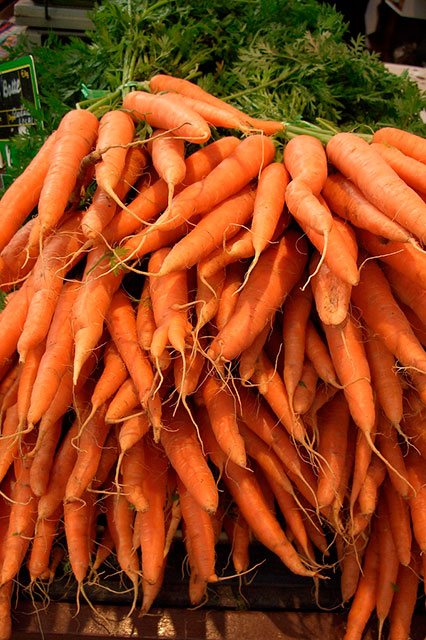

Early harvest of carrots
Our summer is so short that we have to go to all kinds of "tricks": grow early potatoes from seedlings in order to keep up with the southern regions; insulate plantings; cover crops and build greenhouses and greenhouses on the site. Sowing in winter is an excellent technique that allows you to stay ahead of time in order to get a full-fledged early harvest.
<алла анашина,="">
Is it worth the risk?
This issue will have to be resolved by each gardener personally. But there are a few clear benefits of sowing vegetables in winter. Let's voice them:
- it will allow you to get a crop 2-3 weeks earlier than spring, and if you cover the seedlings with a film (or other covering material), you can accelerate ripening by another 7-12 days. As a result, it turns out almost a month!;
- the seeds that spent the whole winter in the ground were well hardened, passed natural selection (the weak died), which means that the plants will be stronger and healthier;
- with podzimny sowing, you can forget about the anxiety about a dry spring: as soon as the snow begins to melt, the seeds swell and start growing together, using the spring moisture by 100%, at a time when the spring sowing is just being planned.
- resistance to frost, diseases and pests: young sprouts of vegetables and greens of winter sowing tolerate a short-term minus without loss (from personal experience I can say that a temperature of -3 ° C will not cause them the slightest harm), and early seedlings are not attacked by a carrot fly and cruciferous fleas that are still sleeping at this time.
What varieties of beets are better to plant before winter
Seeds used for fall planting must meet several criteria. These include:
- excellent germination;
- large size;
- great weight.
Experts recommend using high-quality varietal planting material. You can also purchase pelleted seeds with additional protection, reducing the risk of non-germination. It is necessary to choose such types of crops that, as a result of exposure to low temperatures, will not be able to form peduncles or they will be a rather low percentage of the total sowing. What kind of beets to plant before winter? Popular winter beet varieties include:
- "Cold hardy 19" is a medium ripeness crop. After germination, harvesting is carried out already on the 65-75 day. It is characterized by high taste. Beetroot is resistant to cold weather, practically does not flower at low temperatures, it is well stored.
- "Podzimnyaya A-474" - vegetables of medium early ripeness, ripen in a period of 55 to 100 days. The variety is considered to be cold-resistant, resistant to cercospora, the formation of peduncles. It is appreciated for its excellent taste, keeping quality during storage.
- "Egyptian flat" - mid-season beets. Technically, the variety matures in 95 days. It is characterized by a consistently high yield. Vegetables resistant to peduncle formation. You can cultivate everywhere. Differs in excellent taste.
- "Polar flat K-249" is a variety for regionalization in the northern regions. Beets are formed 50–90 days after germination. Crops are resistant to flowering and root beetle infestation. Feature - high resistance to cold.
- "Bordeaux 237" - medium ripeness beetroot. Ripens 85–95 days after germination. Differs in good keeping quality, bright red pulp, round shape, high weight (from 250 to 500 g), good taste.
- "Northern ball" - early maturing cold-resistant beets. Differs in resistance to cercospora, flowering. The variety has excellent keeping quality. Recommended for widespread cultivation. Productivity from 1 sq. meter is approximately 2 to 6 kg.
- The Matryona variety bears excellent fruit in all regions. Delicious beets grow even in Western and Eastern Siberia. Refers to an early maturing cold-resistant species.Technically, it ripens 80–90 days after sowing. Root crops weigh about 300 g. The shape of the beet is cylindrical. Vegetables have red-purple pulp, very juicy, with no coarse fibers, no color loss during cooking. Productivity from 1 sq. meter of crops is up to 9 kg.
- "Red Ice" is a table variety without rough rings and fibers. It is considered mid-season, cold-resistant. Feature - does not crack. Vegetables can be consumed 100 days after planting. When stored for a long time, it does not lose the presence of a high percentage of betanin and sugars, due to this, radionuclides are removed from the body. Root crops weigh from 200 to 300 g. The shape of the beets is round. The bright red pulp is quite juicy, the yield is 5.5 kg per 1 sq. meters.
This is only a small part of the varieties suitable for winter plantings. The main condition for choosing crops is their cold resistance. Varieties are selected taking into account the climatic characteristics of the region, suitable ripening times, preferred yield.
Suitable varieties
For planting beets in winter, special varieties have been bred that tolerate low temperatures well and are not prone to shooting. This information is usually written on the seed packaging.
Most suitable beet varieties:
- Cold-resistant 19: flat-rounded fruit, dark red, weighing 145-200 g;
- Podzimnyaya A 474: rounded, maroon, weighing 200–300 g;
- Incomparable А 463: dark red, flat, weight - 150–300 g;
- Polar flat K 249: smooth flat roots, dark red flesh with light rings, fruit weight - 150–250 g;
- Cylinder: maroon roots of a cylindrical shape, weighing 250–600 g;
- Bordeaux 237: round fruits from 350 to 500 g.
What can you plant beets with in the same garden
For effective agricultural technology, gardeners sow root crops with other plants.
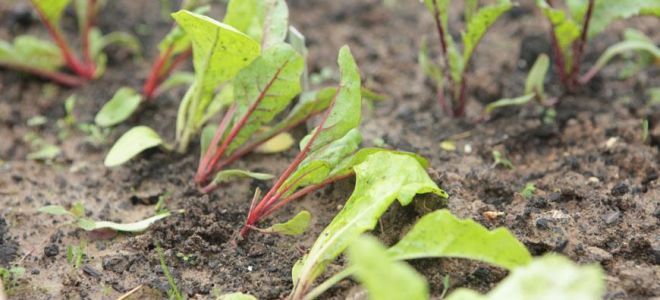

Winter plantings with such crops will be favorable for the growth of beets:
- Spinach. Sown together with root crops, it stimulates their growth. For podzimnogo cultivation choose varieties: "Universal", "Progress", "Juliana".
- Cabbage vegetables. Beets go well with broccoli (Monterrey, Calabrese, Lucky). You can plant kohlrabi, cauliflower, Peking cabbage, white cabbage, red cabbage.
- Parsley. The culture is considered an excellent compactor for planting root crops. For podzimnyh crops, you can choose the varieties: "Astra", "Bordovikskaya", "Yield", "Curly".
- Watercress. The species are planted next to root crops: "Narrow-leaved", "Curly cress", "Broadleaf".
- Radish. Vegetables such as "Zarya", "Resistant" are selected for sowing.
- Garlic. You can plant: "Alkor", "Lyubasha", "Garkua", "Sofievsky".
- Dill. Cold-resistant species are used: "Early miracle", "Gribovsky", "Grenadier".
You can not do joint planting of beets before winter with braiding beans, rhubarb, chives, mustard. Sowing with potatoes is also not recommended, although many vegetable growers allow "neighborhood" with tubers around the perimeter of the beds, then they use cold-resistant varieties: "Volzhsky", "Vorotynsky early".
Loose planting can be combined with frost-resistant carrots, such varieties as: "Nantes", "Shantane 14", "Zabava", "Canned".
Beet varieties before winter: which ones to choose?
Two main criteria are resistance to bloom and cold resistance. Give preference to specialized podwinter seed varieties. Here are the best ones:
Winter beet A474
A universal podzimny beet variety, that is, suitable for planting in any region. It is a cold-resistant medium early variety with rounded roots without rings, maroon color. Resistant to cracking, blooming, and does not lose color during heat treatment. The heads grow up to 200-300 g.


Winter beet A474
Dark Horse Beet
Another good winter beet variety. Root crops grow large (300-400 g), slightly elongated, with very juicy, dark, burgundy-purple pulp, and without rings.
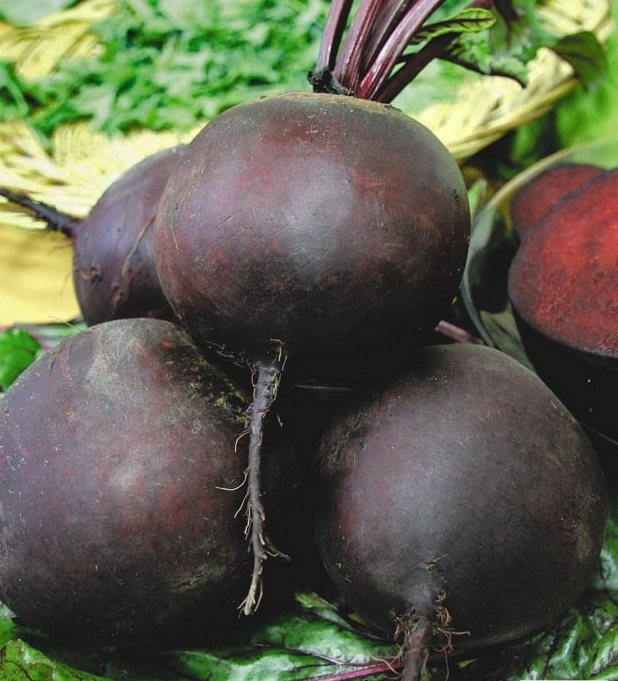

Dark Horse Beet
Beet Polar flat K-249
A good old variety, which is a real record holder of endurance. Suitable for growing in the northernmost regions. Extremely cold-resistant and resistant to flowers. It belongs to the early ripening varieties, the roots with their flattened shape resemble the Egyptian flat, although they grow a little larger. The beetroot Polar flat K-249 also has disadvantages - the presence of rings of red and pink colors, as well as some angularity of root crops.
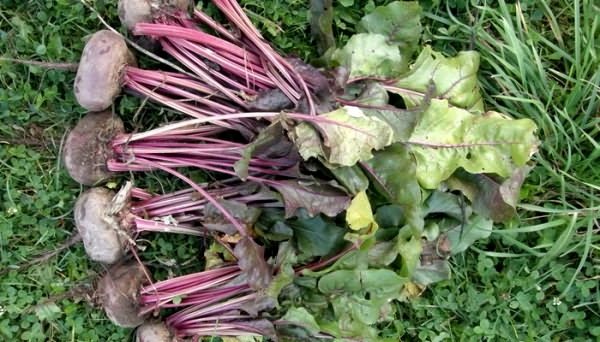

Beet Polar flat K-249
Cold-resistant beet-19
A high-yielding, tasty beet variety with dark red flesh and flat-rounded roots. This is an early ripe variety, the heads grow relatively small (150-200 g), but neat, uniform.
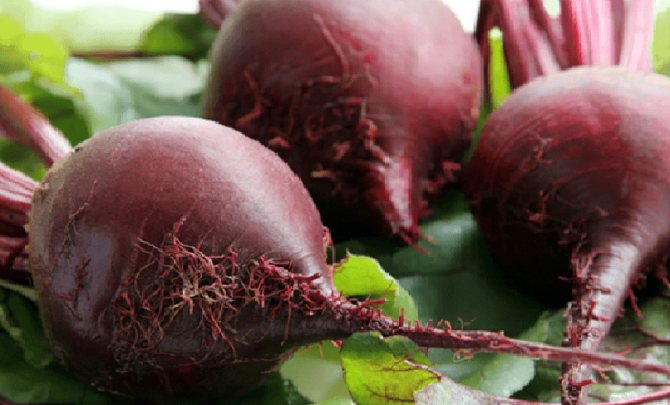

Cold-resistant beet-19
You can experiment with other cold-resistant varieties as well. It would be nice to plant pelleted seeds before winter, since the shell will create additional protection from winter frosts.
Beets before winter: when to plant?
Beetroot is a cold-resistant crop, which means that the seeds begin to germinate already at 10 degrees. Therefore, it is better to be late for sowing by 2-3 weeks than to rush. If the seed of the beet still falls into the warm, moist soil, it will start growing and will inevitably die.
Depending on the region, the dates for sowing beets before winter vary from late October to late November. The earth should freeze up to -2 ... -4 degrees, and the air temperature should circle around 0 degrees. The ideal moment is when the frozen ground thaws for several hours on sunny days.
Of course, the beds must be prepared in advance. And not only the beds, but also dry land, and mulch, and fertilizers. Further - more about this.
Preparing for winter planting of beets
A month before frost, about mid-October, the site is prepared for planting. This is done in the same way as for the usual sowing of beets:
- they dig up, apply organic fertilizers and potassium-phosphorus fertilizers (5 l / m2 and 10-15 g / m2, respectively). Beets do not like acidic soils (tolerates weakly acidic ones, pH 6.2 ... 7), therefore, if necessary, deacidify it. Specifically for beets, dolomite flour is best suited (half a liter jar per "square" of the garden), but you can take ash, chalk or another deoxidizer. Do not forget to follow the crop rotation: do not sow beets after other root crops and cabbage, the best predecessors for it are nightshades, onions, cucumbers.
- heavy, clayey soils for beets are even worse than slightly acidic soils, - root crops will grow small, crooked. Heavy soil must be loosened by introducing coarse river sand or well-rotted compost.
- grooves are prepared. Depth - 2-4 cm, no more, row spacing - 20-30 cm.
- prepare the ground. After planting the seeds in the furrows, they will need to be sprinkled with dry friable soil. Prepare it, of course, in advance. You can buy it at the store, or you can make a mixture of garden soil and river sand with your own hands, and add a little well-rotted compost. The land is brought into a greenhouse, cellar or house.
- prepare mulch. The best winter mulch is spruce branches or peat. Mulching your beds for the winter will help you hedge against snowless or very cold winters.
Winter planting of beets
If you are wondering whether beets are planted with prepared seeds (soaked) before winter, then remember: never! Exceptionally dry seed into dry ground. So if the furrows had time to sprinkle the snow, do not be too lazy to brush it off with a hard broom, and then proceed to the winter sowing of beets.
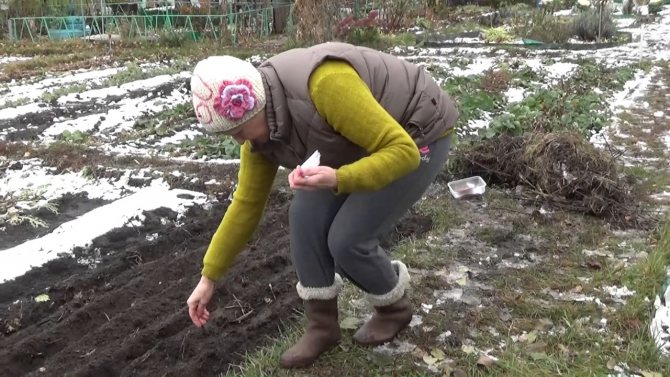

It is also recommended to increase the seed density by half, or at least by a quarter. This is done to hedge against the death of weak specimens in frozen soil or freezing during germination.But if you are confident in the variety, and planting beets before winter is not a novelty for you, then sow as usual.
After spreading the seeds along the furrows, they are covered with dry soil, and mulch is laid out on top and the beets are forgotten until spring.
In the spring, you will have to remove the mulch and slightly loosen the aisles. If the plantings are covered with a film, and removed when the first shoots appear, you will get the harvest ten days earlier. After about a week, the first thinning is carried out, then they feed and carry out the same agrotechnical measures as in the spring planting of beets.
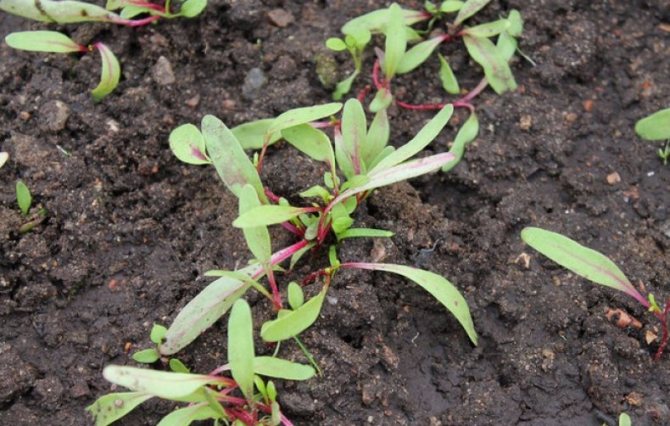

So, if you still doubted whether it is possible to plant beets before winter, be sure: it is possible and necessary. In winter, a seed in the ground goes through all those stratification processes that you try to imitate in the spring by soaking them and cooling / heating them on a battery; in early spring, the land is always rich in moisture and at first it will not need watering; seeds that have undergone natural hardening are always more viable, disease-resistant and drought-resistant. After all, there is always more time in November than in spring.
Yes, sowing beets before winter is associated with certain risks, but choosing the right variety of beets for the winter, guessing correctly when to sow beets before winter, you can minimize these risks, but enjoy early beets even when the neighbors are just starting to tie the beets. Good luck, dear gardeners!
Further care for beets after sowing for the winter
The whole risk of sowing beets and other crops (for example, carrots) in winter is to prevent seeds from germinating in winter during thaws or freezing in cold snowless winters. Therefore, you can independently throw snow on the garden bed, because under the snow shelter, the seeds will not be afraid of either thaw or frost. If the seeds overwinter successfully, they will surely give early shoots and you will get the earliest harvest to the envy of your neighbors.
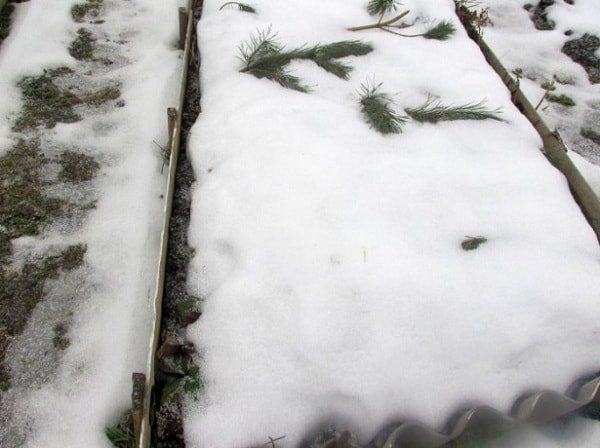

Important! In spring and summer, you need to care for podwinny beets in the same way as in spring. You just need to remember to remove the covering material and slightly loosen the top layer.
Detailed information about growing and planting beets in spring you can get by reading this article.
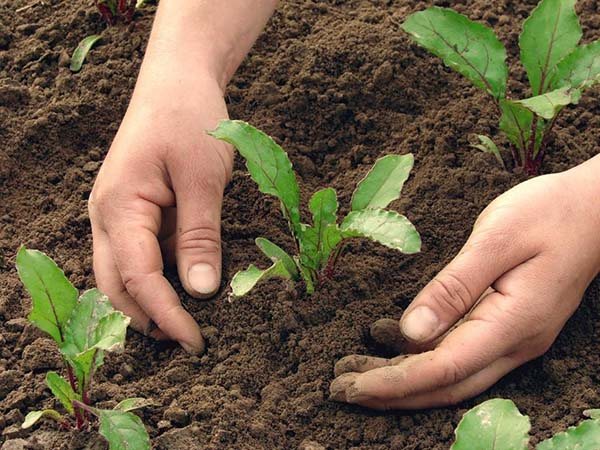

There are not many difficulties in sowing beets in the winter, but they should be taken with responsibility. Time-tested recommendations will help you with this.
Video: sowing beets for the winter
Note! In addition to beets, you can sow before winter carrot (when sowing, they have a lot in common, but there are also significant differences), of course, winter crops garlic and onion, as well as dill, parsley and sorrel.
Video: sowing carrots and beets in the winter
Feature in the rating
| 1 | Detroit | Better yield |
| 2 | Mona | The most popular variety. High sugar content |
| 3 | Pablo F1 | Best keeping quality |
| 4 | Akela | Ideal for commercial use |
| 5 | Egyptian flat | Better taste |
| 6 | Cylinder | Disease resistant |
| 7 | Boltardi | Well tolerates temperature extremes |
| 8 | Red ball | High taste characteristics |
| 9 | Larka | Perfectly even fruits |
| 10 | Bordeaux 237 | Sweet firm pulp |
Beetroot is one of the most popular root crops on the Russian market. Few people can imagine their diet without this vegetable. It is appreciated for its versatility, useful qualities, good properties, suitable for long-term storage and transportation. Its price is affordable, and it is also an important ingredient in national dishes. The bright and rich color of the fruit indicates the content of betaine, which is responsible for the elimination of toxins that have a negative effect on the cardiovascular system.
The red vegetable is prized for its high iron content, which is required to maintain normal hemoglobin levels. In addition, it will help women ease the period of critical days, and children will serve as an important component in the treatment of allergies. The red vegetable is also appreciated for the fact that most species are able to easily adapt to climatic changes, are unpretentious in care and are easy to use.Below is a rating of the best varieties of root crops intended for cultivation in the middle climatic zone and in the Moscow region, based on the assessments of experienced gardeners and specialists.
Benefits of winter sowing
The advantages of this method are obvious, and the convenience of autumn plantings will be appreciated by every gardener striving for a variety of well-groomed crops in the beds:
- significant time savings in the spring, when you need to sow the entire site as soon as possible;
- the ability to remove two crops from one garden bed per season;
- increase in crop yield due to natural hardening of seeds under the snow.
The method of winter sowing has three significant drawbacks that will have to be taken into account when planning work on the site:
- with strong thaws in early and mid-spring, seeds can germinate and die on the very first frosty night;
- with a friendly intense flood, the garden bed can be flooded by spring waters, then most of the seeds will simply rot in the cold and too wet soil;
- the crop obtained from sub-winter plantings is not suitable for long-term storage, so it will have to be used only fresh or canned.
All three of these shortcomings can be easily negated by the correct selection of a planting site and additional sowing in the spring of a small bed of a late variety of beets, which are distinguished by good keeping quality.
Further care
Sown beds are recommended to be protected from frost, and after removing the shelters, they are looked after, as when planting in spring. It is necessary to carry out thinning, apply top dressing, regularly water and loosen the soil, remove weeds.
Shelter for the winter
When sowing beets for the winter, it is very important not to allow seeds to germinate in the winter, when there is a short warming, as well as freezing in severe frosts. To prevent the seeds from freezing, it is recommended to cover areas with fallen leaves, needles, sawdust for the winter. In winter, when snow falls, the site can be covered with snow: under it the seeds will be protected from thaws and frosts.
If the seeds can survive the winter, then the beets will delight with early shoots and the earliest harvest.
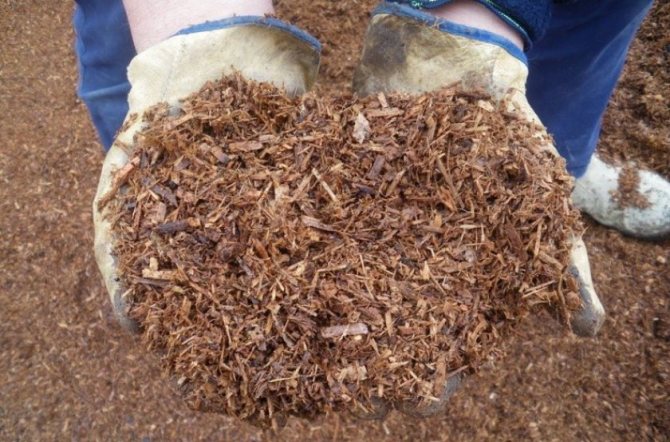

In the spring, when the snow melts and severe frosts are not predicted, the area with the beet planting is cleaned of covering material (leaves, needles, sawdust). Then the soil is loosened a little, nitrogen-containing fertilizers are applied and the area is covered with plastic wrap.
Such a procedure will protect against cold weather at night and will contribute to earlier germination of seedlings. When the first sprouts appear, the film is removed.
Thinning of crops
As the plants grow, they will only interfere with each other's development, and the fruits will grow small. Therefore, when growing beets, it is important to thin out the beds. This process must be carried out after heavy watering or rain.
For this root crop, several thinning should be carried out:
- For the first time, the procedure is carried out when 2-4 true leaves appear on seedlings when they reach a height of about 7 cm.Weak specimens that grow close to each other are removed. The distance between shoots should be about 5 cm. Excess shoots can not be thrown away, but transplanted to another site.
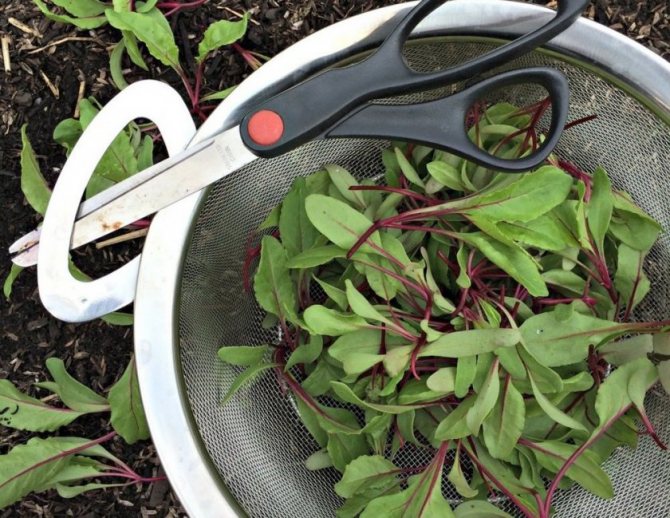

- The second time should be thinned out at the stage of formation of the initial head. A gap of 8–10 cm is maintained between plant crops (for large varieties - 15–20 cm). Remove underdeveloped and thickening specimens. Removed young root vegetables can be used as food.
Watering
After the first thinning, water the beets abundantly. Then watering is carried out approximately once every 7 days. This vegetable loves moisture very much, so in dry weather it needs to be watered in large quantities.
Watering should also be done over the tops so that the leaves receive moisture. It is stopped during the rainy season. The recommended water consumption for the procedure is 11-15 liters per square meter. m plot.
It is necessary to increase the regularity and volume of watering as the beets grow. Lack of moisture will cause the root crop to be small and not very tasty. Watering this culture is stopped 7-14 days before digging.
Fertilization
To get a good harvest of beets, it must be fed. The first feeding should be done immediately after the first thinning. For this, herbal infusions are often used.
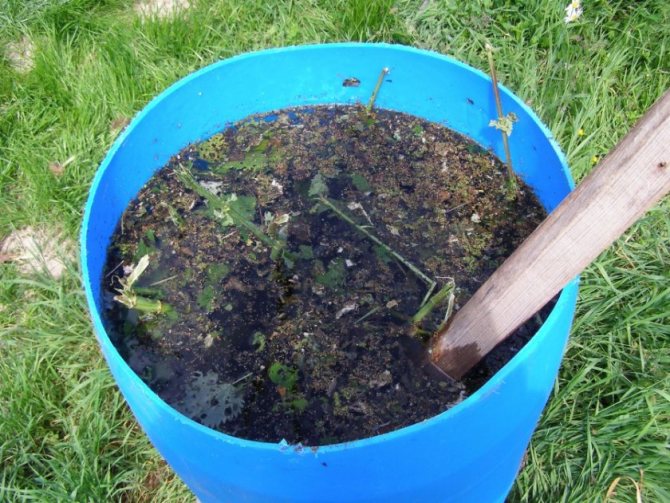

To make the beets sweetish, a month before harvesting (usually this time corresponds to the second thinning), it should be watered with a solution of salt. Such a solution is prepared based on the proportion of 1 tablespoon to 10 liters of water. For this purpose, you can use a solution of sodium nitrate.
It is also necessary to carry out fertilizing with boron content. To do this, use the complex of mineral fertilizers "Mag-Bor" (1 tablespoon per 10 l of liquid) or boric acid (0.5 teaspoon per 10 l of liquid). Watering is carried out at this rate - 10 liters per 1 sq. m plot.
Gardening experts recommend feeding beets as follows:
- First feeding takes place using organic fertilizers. To do this, prepare a solution of manure or chicken droppings - take 1 kg per 1 bucket of liquid and infuse for about 5 days, and then dilute 1 liter of the resulting mixture in another bucket of water. The beds are watered with this solution, and then the usual watering is carried out to rinse the leaves. You can use a solution of wood ash - 1 cup of ash is stirred in a bucket of liquid.
- Second feeding done in 12-14 days with the use of phosphorus-potassium fertilizers.
- Third time top dressing is applied during the second thinning period. For this, phosphorus-potassium fertilizers are also used.
Loosening the earth, removing weeds
Immediately after the emergence of sprouts, it is necessary to loosen the area with the planting of beets to ensure the supply of oxygen to the roots. If this is not done, the plant culture can get sick. The process of loosening itself is recommended to be carried out after watering or rain.
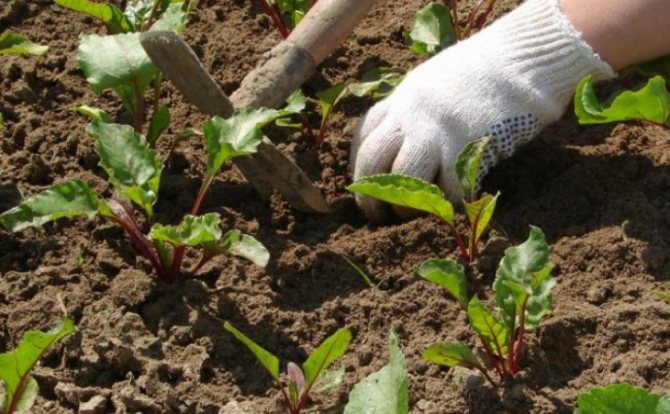

During this, weeds should be simultaneously removed, which draws moisture and nutrients from the soil, which greatly interferes with the beet sprouts to develop well. Weed removal and loosening are also recommended during the period of the first and second thinning.
By sowing beets in the fall, you can harvest them early. To do this, it is important to choose the right plot for the garden and the sowing time, as well as protect the seedlings from frost.
Dates of autumn planting of beets in different regions
Autumn planting usually begins with the first frost, when the temperature fluctuates around zero, and slightly decreases in the morning. But it is too early for planting beets before winter, because its seeds germinate at only + 5 ° C. Its time comes when the average daily temperature drops to –2, –5 ° С, and the probability of thaws is practically zero.
For the Moscow region and the surrounding regions, the approximate dates for the winter planting of beets begin in the second half of October and early November.
In more northern regions - in the Leningrad region, as well as in the Urals and Siberia, beets are sown earlier - in the first half of October.
In the south of Russia, the autumn planting method is not widespread due to frequent and prolonged thaws. In the southern regions, the frost-free period is so long that it allows you to get very early harvests without autumn crops. They practice planting cold-resistant crops in early spring, as soon as the ground warms up. In the Krasnodar Territory, the Rostov Region and the Stavropol Territory, this weather is already established in March.
In any region, when planning sub-winter plantings, you need to pay attention to the weather forecast and take into account when there was a favorable time for crops in previous years.
Experienced Farmer Tips
To get a generous harvest of winter beets, you must follow the rules of agricultural technology., take into account the nuances of sowing and heed the advice of experienced farmers.
Key recommendations:
- give preference to seeds intended for winter planting;
- choose the right time for sowing (the optimum air temperature is 0 ° С, the ground temperature is -4 ° С);
- do not be afraid of early snow, just sweep it from the garden;
- sow 25-30% more seeds than when planting in spring;
- the landing site should not be in a lowland or slope;
- in the spring, do not forget to remove the covering material and loosen the soil.
How to sow beets before winter correctly
To get a good harvest of beets, you need to be responsible when choosing a place for it. A garden bed intended for autumn planting must meet the following parameters:
- a high area that is not flooded by flood waters;
- lack of shading, since in the shade, plants quickly release a flower arrow;
- loose fertile soil with a normal or slightly alkaline reaction;
- deep groundwater, otherwise high beds will have to be built.
The best precursors for beets are nightshades, cucumbers and onions. It is undesirable to sow it after crucifers and carrots, as well as cultivate in the same place for several years in a row.
Since beet seeds are sown in already frozen soil, it is necessary to prepare in advance a sufficient amount of dry soil, which is used to fill the grooves with seeds. Store it in a heated room.
Seed preparation
Before planting, beet seeds are briefly dipped in a pink solution of potassium permanganate for disinfection. At the same time, they get rid of floating seeds that will not sprout. Then the planting material is washed in cold water and dried.
This completes the preparation of beet seeds for planting. They are stored in a cool, dry place until sowing.
How to fertilize a garden bed before planting
The selected bed is dug up in advance, all weeds are removed. Fertilizers are applied before digging:
- 4–6 kg of compost or rotted manure per square meter;
- 50 g superphosphate;
- 70 g of potassium sulfate or any other potassium fertilizer.
If the soil is slightly acidic, ash, dolomite flour or slaked lime are additionally added to it.
Fresh manure is not placed under the beets, as this leads to the accumulation of nitrates in the root crops and to their cracking.
The top layer is leveled and grooves are marked at intervals of 20 cm and a depth of 3 cm. In a rainy autumn, the prepared bed should be covered with plastic wrap to keep the soil dry.
Planting site selection and soil preparation
The harvest of winter vegetables will delight if you choose the right place for planting. It should:
- Have good lighting;
- Provide sufficient watering;
- Located on a hill.
Snow in the beds, where the ground does not reach the required height, does not melt for a long time in spring and contributes to stagnation of water. This is not a suitable option for winter crops. In addition, the higher the bed, the faster it will warm up and dry out.
The soil on the site should not be clayey and prevent the germination of seeds. Also, the place where the plant is planted in the fall should be changed as the soil depletes. You can grow a root vegetable after vegetables such as cucumbers, peppers, tomatoes, potatoes, or onions. Undesirable after carrots and cabbage.
Soil preparation begins with weed removal and digging. Fertilizers promote the growth of vegetables, so they are applied under the dug up soil. This could be:
- Humus;
- Ash;
- Top dressing based on minerals.
Lack of fertilizers is not a problem - fertile and light soil, together with good maintenance, does not need them. Avoid heavy and acidic - it is better to process it and generously flavored with fertilizers.
Next, beds are formed with their own hands, their surface is leveled with a rake. Furrows should recede from the edges and have a depth of several centimeters. The distance between them reaches about 20 centimeters.You can fall asleep from above with the same soil or another containing sand, fertilizers, garden soil. It must be dry and not frozen.
It remains to figure out how to properly plant the seeds.
